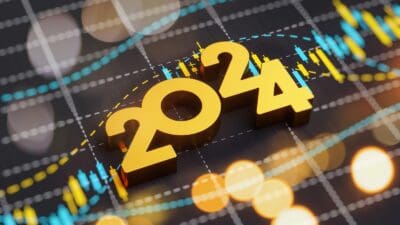The AstraZeneca (LSE: AZN) share price has looked attractive to me for some time, and though I think the Vodafone Group (LSE: VOD) share price has been too high in recent years, the recent falls are making me look again.
I’ve repeatedly said that I haven’t understood the Vodafone share price, with investors valuing it on P/E multiples way in excess of its sector peers — up at around 40 just a couple of years ago.
What I see in Vodafone is a company with operations in a number of markets, targeting its technology appropriately. It’s making money in parts of the world where voice traffic still dominates the market, while building its 5G networks in technologically-developed nations.
Better value
That’s an attractive investment proposition, at the right price. And now that we’ve seen the shares fall 40% since the start of 2018, Vodafone finally looks to me like it’s approaching a fairer valuation.
But I’m still cautious for a couple of reasons. One is the dividend, with a forecast yield that’s been pushed up to 9% by the share price slump. That would normally look great, but it’s way above forecast earnings — and I just don’t see the sense in using up capital (and, in fact, debt) to pay excessive dividends. I’d like to see the dividend halved and the cash put to better use.
And as Rupert Hargreaves has pointed out, Vodafone shares still perhaps look overpriced compared to its competitors (though a comparison with BT Group is maybe tricky given that company’s huge pension deficit).
Vodafone isn’t one I’d snap up before the April ISA deadline, but it’s definitely one I’ll watch over the coming year.
Patience
I’ve been bullish about AstraZeneca (LSE: AZN) for some years now, even though its gargantuan efforts to refine its business and rejuvenate its drug development pipeline are taking a few years longer than many of us had hoped.
Meanwhile, earnings per share in 2018 came in more than 20% below 2014’s figure. Forecasts suggest a return to earnings growth this year, albeit with a rise of just 3% penciled in for 2019. But a bigger 22% jump for 2020 could really signal the start of a new growth phase, if the optimism proves justified.
The problem, though, is that we’ve seen a few false starts with over-optimistic forecasts before. Still, patient investors have been rewarded quite nicely so far, with a five-year share price rise of more than 60%. Those who bought back then will also have enjoyed a further 25% in dividends.
Valuation climbing
As the recovery gathers strength, share price bullishness has pushed prospective P/E multiples up to 19, based on the 2020 forecast, and that’s still nearly two years away.
But it’s based only on a return to the EPS levels of 2014, and I can see AstraZeneca’s earnings reaching significantly higher levels over the next five years.
Until we see some actual growth, there’s still plenty of uncertainty. But the company is steadily releasing a stream of drug successes — the latest is the approval of its Forxiga treatment for type-1 diabetes in Europe and in Japan.
If that continues, I see AstraZeneca shares as still being attractively priced — and very much ISA material.







